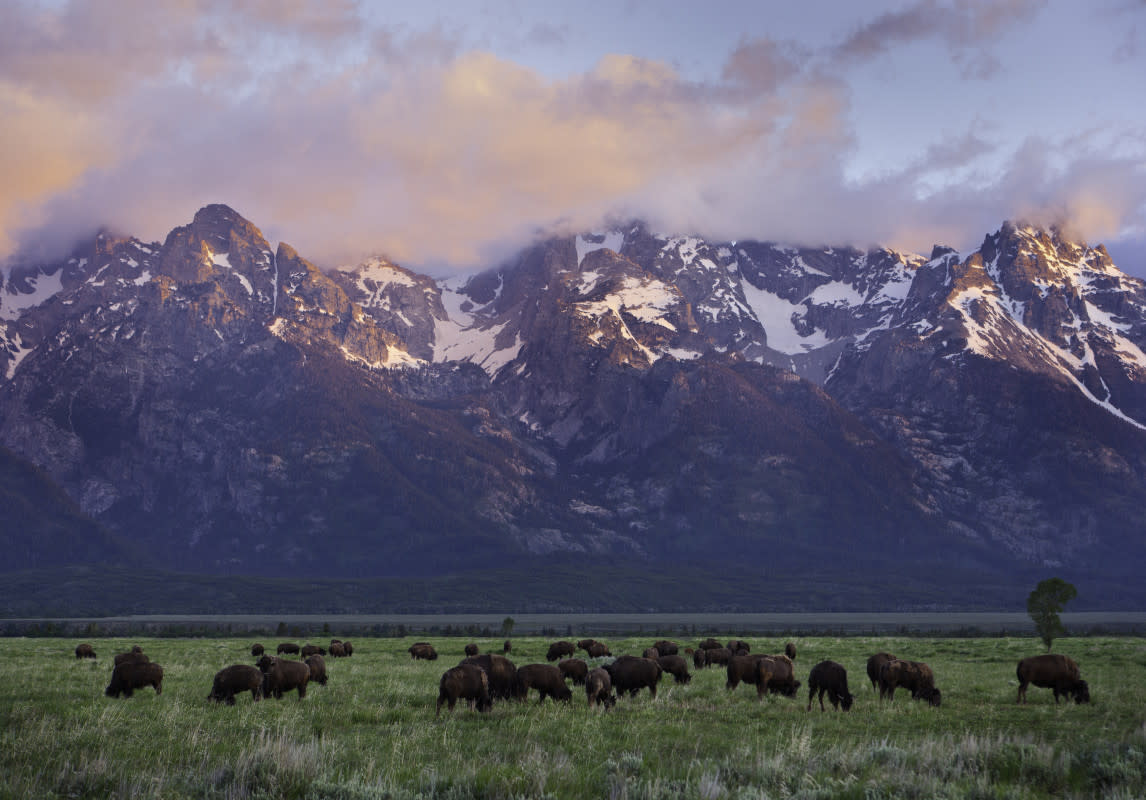The No. 1 Cause of Death in National Park Isn't What You'd Expect

Mortality data from 2014 through 2019 collected by the National Park Service revealed the primary cause of fatalities in parks around the U.S., and it’s far from what you might expect.
Throughout the six years monitored, there were 2,149 recorded deaths recorded in 177 of the 429 American parks the service oversees. Drowning and hiking-related misadventures were responsible for 314 and 255 deaths, respectively, during that period; but the most unintentional deaths were found to be “related to driving,” National Parks Traveler reported. 370 people perished between 2014 and 2019 in driving-related accidents.
Meanwhile; 206 unintentional deaths were attributed to falls. In terms of intentional deaths, 381 were deaths by suicide, while 25 were murders. This is the most recently available data, as it can take quite some time for the Park Service to authenticate reports from the National Parks System.
"The validation process includes quality checks and coordination with each reporting park unit," the Park Service states. "Preliminary data for calendar year 2020 to present is available in the NPS mortality dataset. These data have not undergone the validation process and are subject to change as information continues to be collected and analyzed."
One caveat to the results is that the figures do not account for deaths involving park staff, volunteers, or contract workers. The Park Service declined to provide a park-by-park breakdown of fatal incidents, contending that the report is not “a 'most dangerous national park'" list.
Ultimately, the Park Service said it is the responsibility of tourists to ensure their own safety. They reminded recreationalists to take stock of their surroundings, which considering the historic land, may not always be up to “modern safety standards.”
"Parks have hazards,” the service explained. “We also have unique cultural resources that were built before modern safety standards. For example, historic structures may have uneven steps. Roadways may have narrow lanes or limited to no pavement markings. These resources are protected for your enjoyment and for future generations. You must recreate around them with awareness and care."

